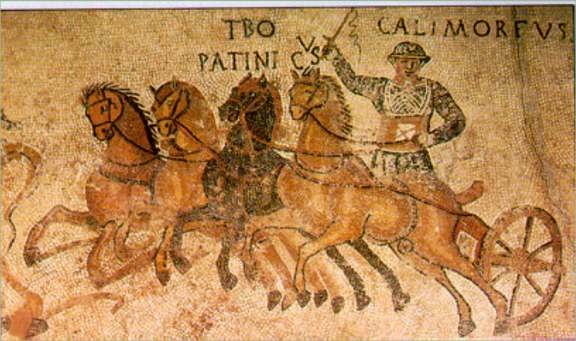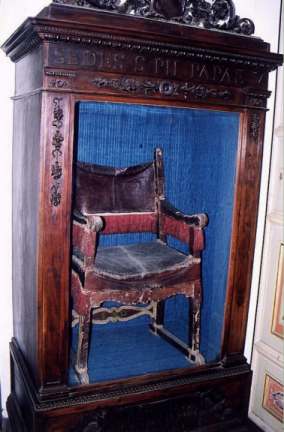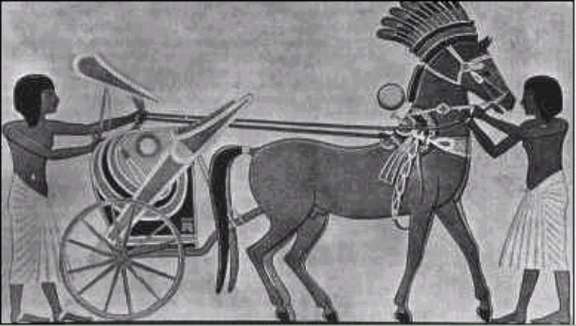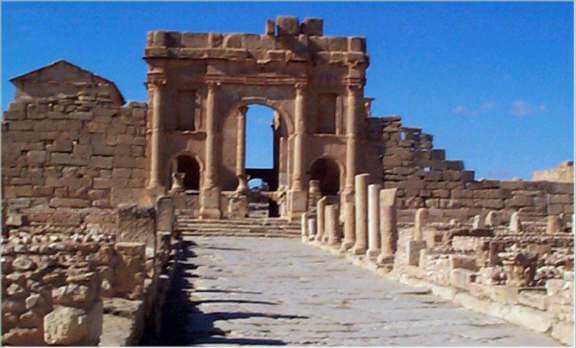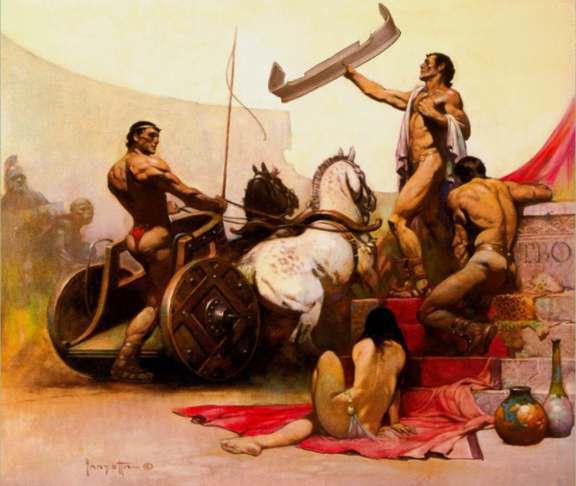| The Many Definitions of TBO By Michael Addington Not many people are aware of the history of TBO and where the name
originated. There have been many theories offered as to its proper definition. Most people
today believe that the acronym TBO started with the Japanese, and the custom products made
to improve the "performance and drivability" of their various sport compact
vehicles. While the application of TBO has not changed, its origins are not Japanese. The
acronym TBO started on the other side of the world, long ago, in ancient Rome.
|
|
|
On display at San Giovanni in Laterno Cloister Museum is one of the few surviving artifacts of TBO craftsmanship. It has an irregular shape richly decorated with appliqué in wood, metal, ivory and bone. With its elegant design, it is believed that Senator Polykleitos originally commissioned this elegant throne. Later it was to be the throne of Pope Leo V. |
| The
next incarnation of TBO is documented as during the "The Regal Period" (200 -
310 AD). During this time TBO was predominantly a manufacturer of stylish and rare Chariot
accessories. TBO products were said to enhance the speed and handling of the most coveted
roman chariots. During races, chariots that were outfitted with TBO accessories were
victorious in competitions held at the Stadium at Aphrodisias. During this period TBO was
defined as “Tego Benefeicium Operis”translated as “A completed cover
for the privileged”. Following the Regal period, TBO was largely dormant with the inception of trade between the Phoenicians and Roman Empire. This flooded the roman market with chariot accessories that were cheaper to build in Egypt and readily accessible to the common public, not just the upper echelon of roman society.
By the time of the Late Empire (315 - 476 AD) TBO saw
the writing on the parchment. Rome was in the final stages of losing its domination of
western civilization. The fall of the Roman Empire was imminent. In 337AD,
Constantine The Great commissioned the remaining masters of TBO to outfit his fleet of war
chariots with the finest shields, weaponry, and accessories they could design. These
chariots were quickly sent to the North to quell the uprising of the European and Germanic
tribes. TBO was lastly defined by Romans as “Tectum Brevis Ornatus” or
“Ornamental protective shielding of the fleeting”. This was to be the
final record of TBO in Roman History, for in 476AD the Roman Empire collapsed.
Since its origins, TBO has been a sign of quality, rarity and performance. In today’s market of sport compact cars and cheaply made, imported accessories, only the best craftsmen can truly reproduce and even improve the elegant details and design that were originally TBO. |
|
